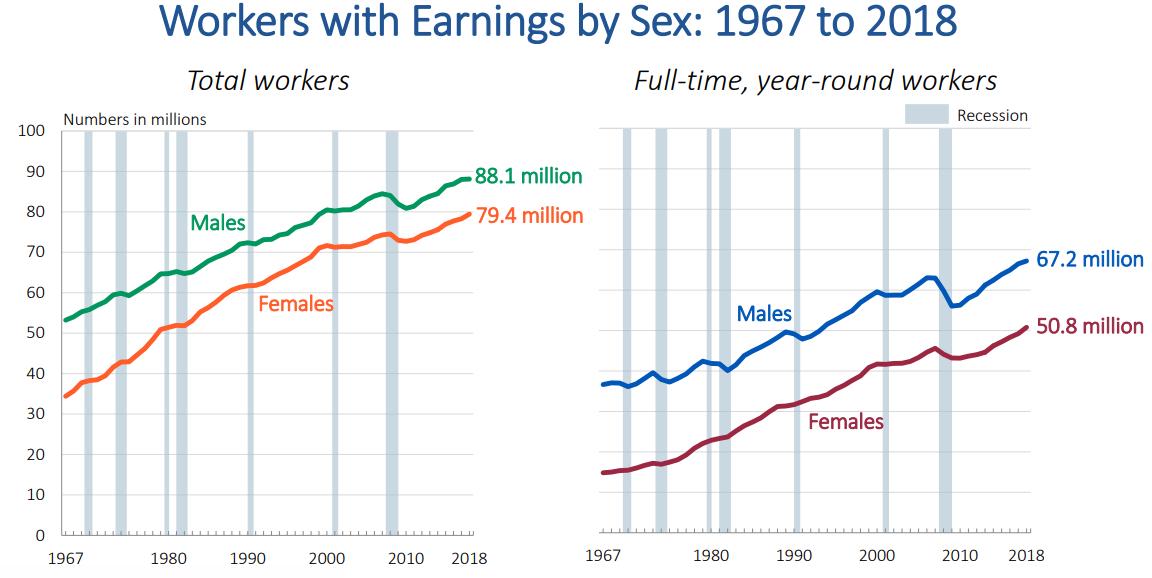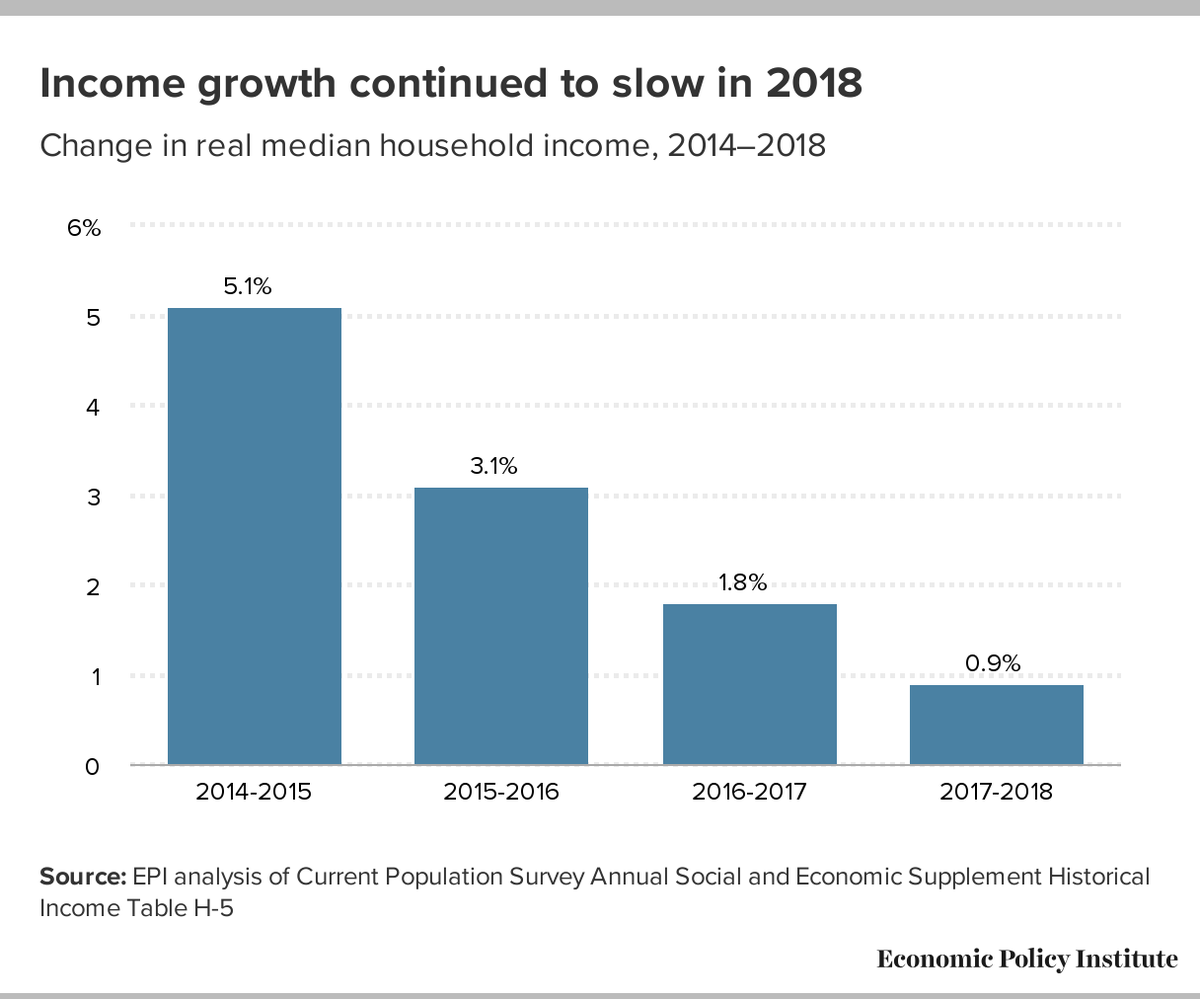1. Real median household income today is the same as it was in 1999.
2. Poverty rates continue to decline.
3. The share who are uninsured rose for the first time in a decade.
"Policy makers use this information to make data-driven decisions."
Last year, 10% of American households got by with income of <$14,600
20% got <$25,600
30% got <$37,000
40% got <$50,000
50% got <$63,200
60% got <$79,500
70% got <$100k
80% got <$130k
90% got <$185k
95% got <$249k



















